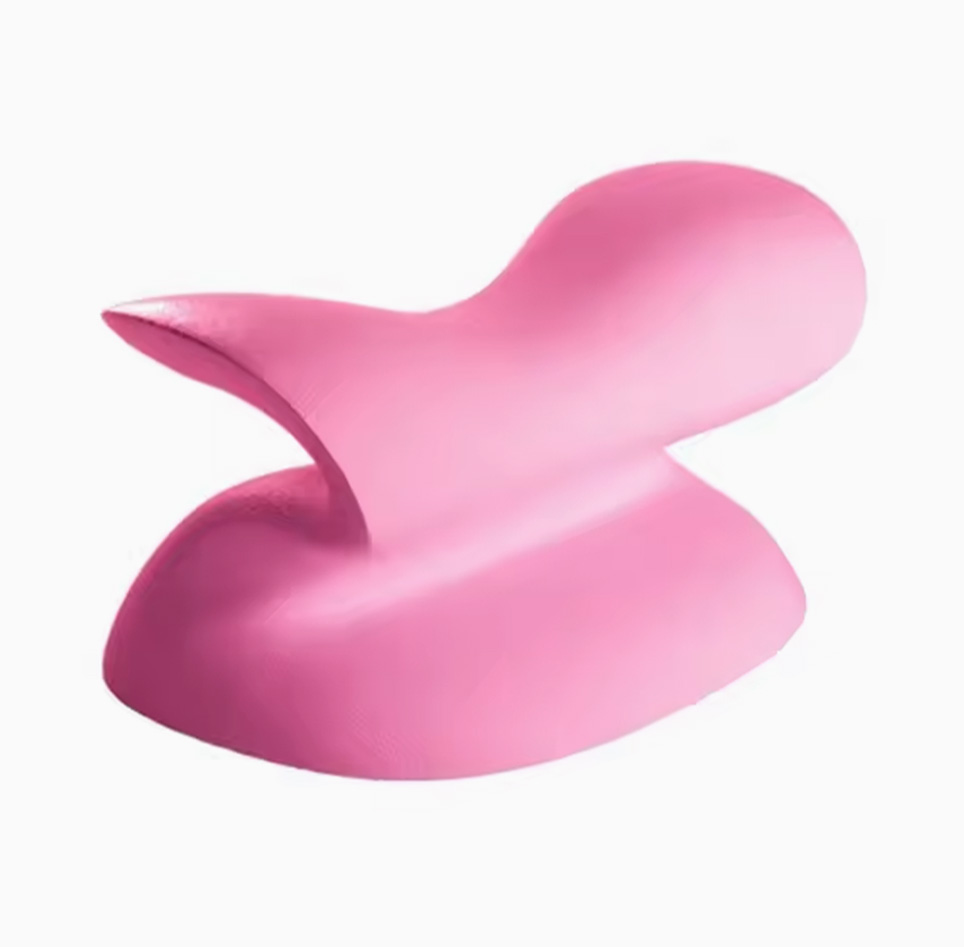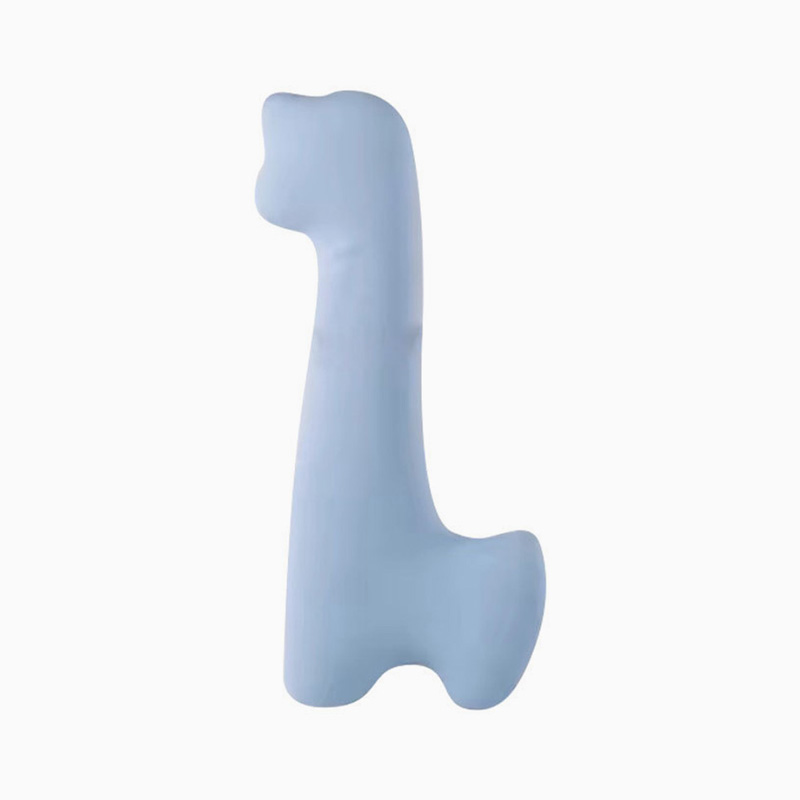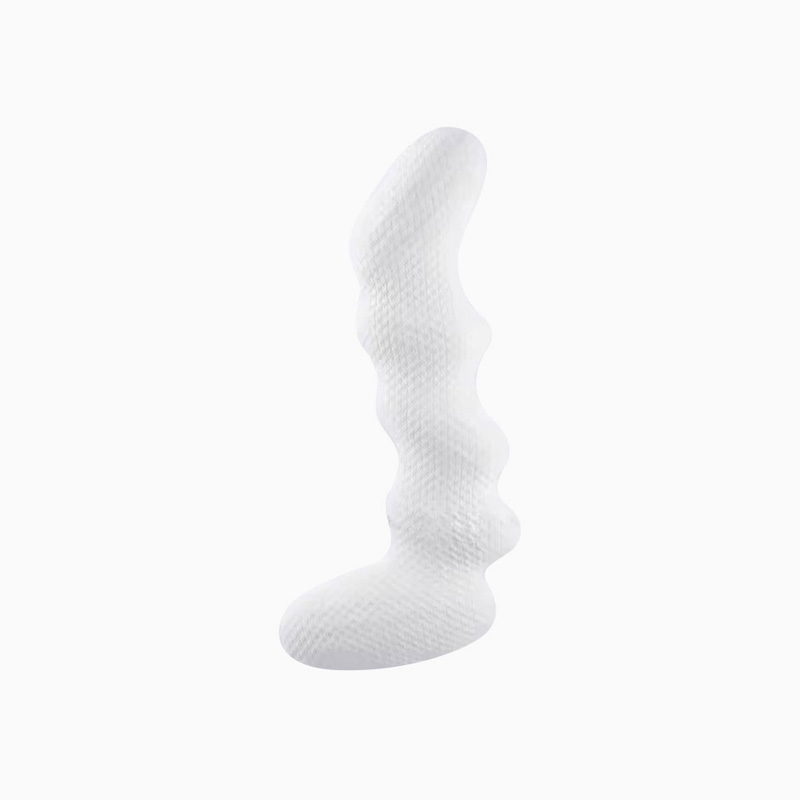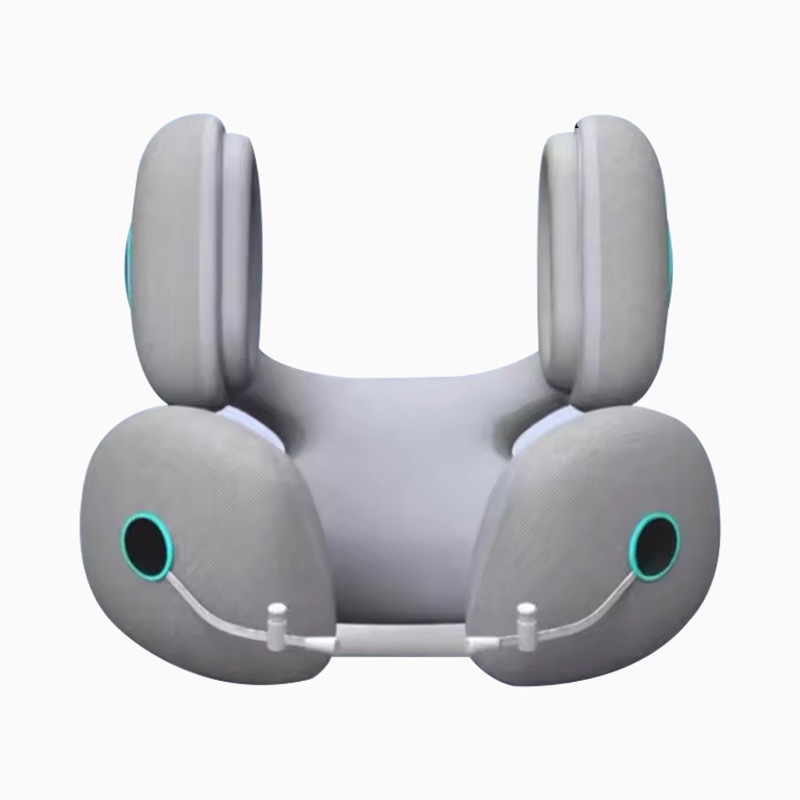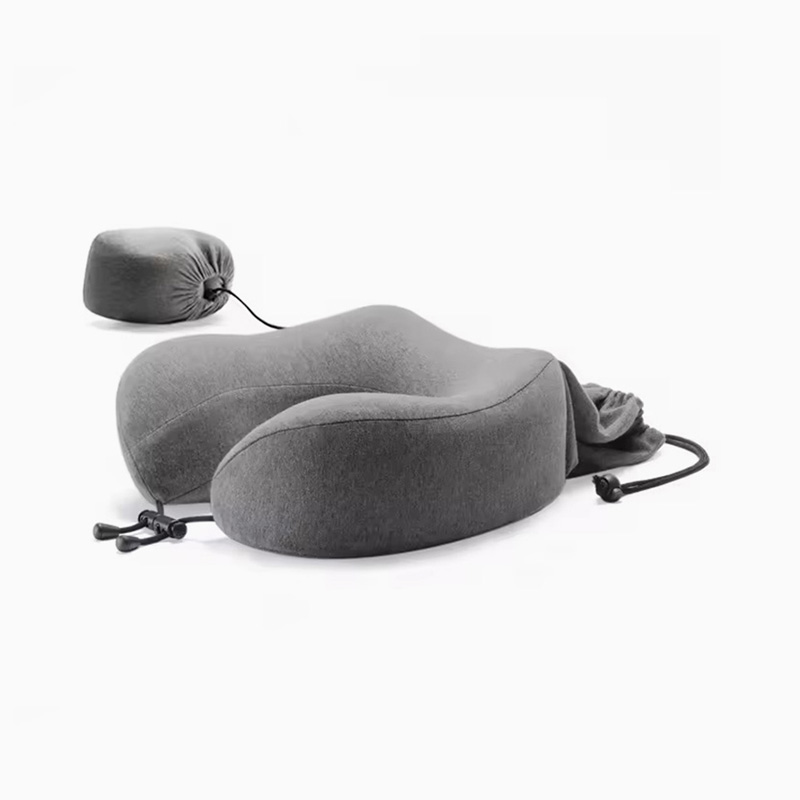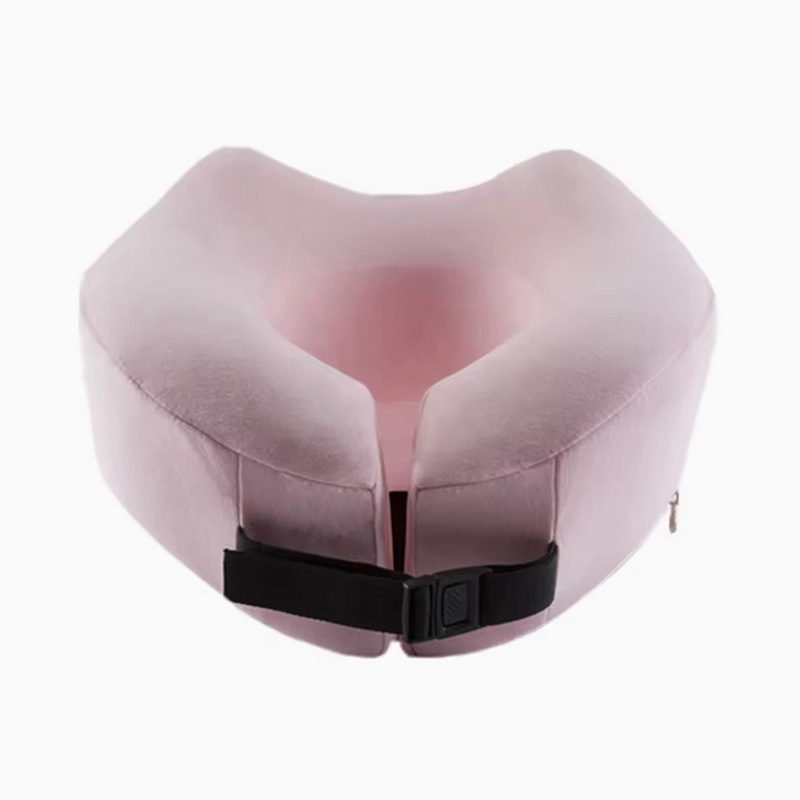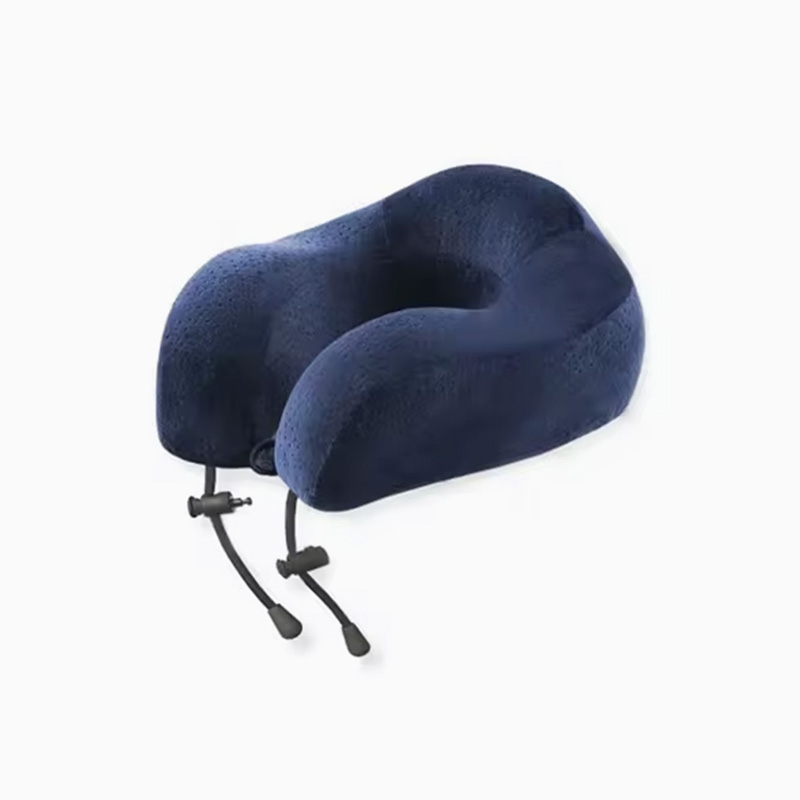How can a memory foam body pillow effectively distribute and reduce pressure points in areas of body contact
The Memory Foam Body Pillow has solidified its status as a premium sleep product, prized for its ability to deliver exceptional body support and, most critically, superior pressure management. This capability is not a matter of simple softness; it is rooted in the unique material science of viscoelasticity and precise ergonomic design. This article provides a professional, in-depth analysis of how memory foam effectively manages and reduces pressure points across the body’s contact areas.
Core Mechanism One: Thermo-Sensitivity and Customized Contouring
Memory foam is primarily a high-density, open-cell polyurethane foam. Its foremost defining characteristic is its temperature sensitivity (Thermo-Sensitivity).
When a person lies against or embraces the memory foam body pillow, body heat is transferred directly to the material. This thermal energy causes the polymer structure in the contact area to temporarily soften and become more pliable. Crucially, this softening is not uniform; it is precisely tailored to the body’s unique curves and the specific thermal footprint applied.
This process of customized contouring is the foundational step in pressure dispersion. Instead of an unyielding surface resisting the body's pressure, the pillow actively molds itself to and accommodates every subtle curve—including the lower back, hips, and inner knees—areas where traditional supports often create voids or points of excessive force. By maximizing the total contact area, the pillow ensures that the body’s mass and resulting pressure are uniformly distributed across a significantly larger surface.
Core Mechanism Two: Slow Recovery and Delayed Stress Relaxation
The second vital attribute of memory foam is its viscoelasticity, which is responsible for its hallmark slow recovery property.
When pressure is exerted, memory foam exhibits a dual response characterized by both viscosity and elasticity. The elastic component provides the necessary support and shape recovery, while the viscous component is responsible for energy absorption and delayed deformation.
Upon immediate pressure application, the memory foam does not instantly resist or rebound. Instead, it compresses and sinks slowly and gradually. This time-delayed compression ensures that pressure does not instantly concentrate on the few points of highest force. Rather, the pressure is smoothly and progressively transitioned and distributed toward the surrounding areas over a short period.
In professional terms, this phenomenon is referred to as Stress Relaxation. It means that the internal stress within the material decreases over time, even as the deformation is held constant. For the user, this translates to the initial points of contact pressure rapidly "melting away" within seconds, feeling as though the body is gently "cradled" rather than "pushed against." This mechanism is critically important for managing the high-pressure loads placed on the shoulder, lateral hip, and even the internal vascular structures of pregnant individuals while side sleeping.
Ergonomic Application: The Geometry of Full-Body Support
The memory foam body pillow’s success is not just a triumph of material science; it is a successful application of ergonomics. Its unique length and shape allow it to simultaneously manage multiple critical pressure zones:
-
Knee and Ankle Management: In side sleeping, the knees and ankles frequently collide or press against each other, creating high-pressure zones. Positioning the body pillow between the knees allows the memory foam to fill the inner knee void and maintain parallel leg alignment. This action significantly reduces direct impact pressure, but more importantly, it stabilizes the hip joint in a neutral position, thereby alleviating pressure on the lateral hip and lower back.
-
Spinal Alignment and Torso Support: Proper Spinal Alignment is a prerequisite for effective pressure dispersion across the entire trunk. The full length of the memory foam body pillow, extending from the neck to the ankles, provides a continuous and uniform lateral support system. This support prevents the upper torso from rolling forward or backward during side sleep, eliminating unnatural spinal torsion or curvature. This fundamentally removes tension-based pressure from the associated muscles and ligaments.
-
Maternity Multi-Point Support: For expectant mothers, body pillows often utilize C- or U-shapes to simultaneously support the abdomen, back, and knees. The contouring ability of memory foam allows it to perfectly conform to the expanding abdominal curve, mitigating the pressure exerted by the fetus’s weight on the spine and lower extremity blood vessels. This dramatically reduces pressure under multi-point loading conditions.
Conclusion: Enhancing Deep Sleep and Circulation
Through thermo-sensitive molding, viscoelastic slow recovery, and precise ergonomic multi-point support, the memory foam body pillow achieves a profound reduction and dispersion of pressure points across all contact areas.
This sophisticated pressure management delivers two critical benefits: First, it significantly reduces nocturnal tossing and turning caused by physical discomfort, thereby increasing the quantity and quality of deep sleep cycles. Second, by eliminating localized high-pressure points, it ensures unrestricted blood flow and lymphatic circulation in the areas that bear the most weight.
Therefore, the memory foam body pillow transcends its function as a mere plush object. It operates as a scientific sleep pressure management instrument, leveraging advanced polymer characteristics to create a customized, low-stress environment for the sleeper.

 English
English عربى
عربى previous post
previous post



